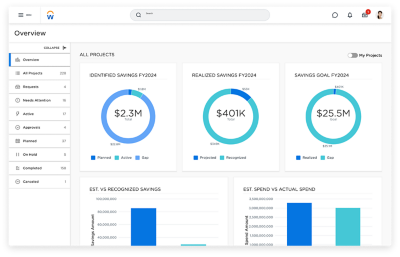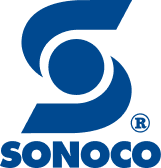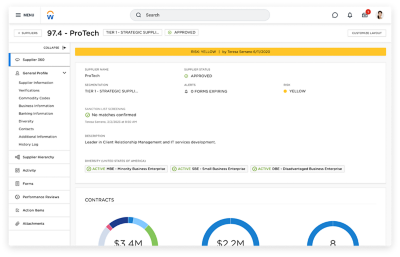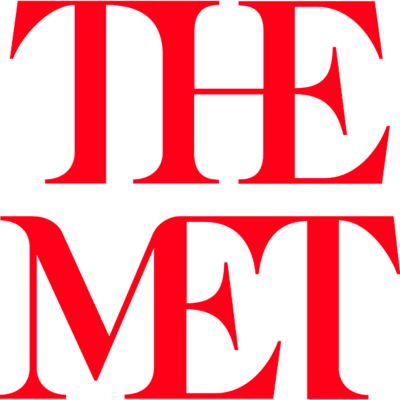WORKDAY STRATEGIC SOURCING SOFTWARE
Trusted and proven sourcing software.

WHAT YOU CAN DO
Source faster to achieve better business outcomes.
Workday Strategic Sourcing streamlines the source-to-contract process. With unprecedented levels of collaboration and visibility, sourcing has never been easier.
-
Sourcing project intake
-
Pipeline management
-
RFx, reverse auctions, and public bidding
-
Contract management
-
Supplier onboarding, performance, and risk management
-
Dynamic negotiations
-
Reporting and savings tracking

The highest-rated strategic sourcing suite.

Extend your Workday investment.
Already benefiting from Workday Financial Management and Workday Procurement? Elevate your procurement strategy by seamlessly extending your Workday ecosystem to drive efficiency and take action on data-driven insights.
Close the sourcing loop.

Realize impact right away.
Get started fast on Workday Strategic Sourcing. Most customers launch their first sourcing event within 30 days and achieve 99% ROI in the first year.
Become a strategic partner.
Engage stakeholders and suppliers to drive collaboration and deliver results. Workday connects the enterprise to sourcing in a single platform.
Streamline purchasing processes.
Offer end users a clear starting point for every purchase and ensure compliance with a simple and clear path that can be easily followed every time.
Negotiate better deals.
Lead pricing conversations with real-time data and analysis. No toggling between spreadsheets. No chasing down data.
Efficiently create and collaborate on contracts.
Streamline contract creation with templates and clause library, directly comment in Microsoft® Word, and gather signatures with DocuSign and Adobe Acrobat Sign integrations.

“Workday’s ease of use is first and foremost the thing that has enabled us to get more done with fewer resources than we even thought possible. With this tool I can teach anyone to source.”

Get more from your supplier management.
Maximize the impact of every supplier relationship with seamless onboarding, collaboration, and risk management. Monitor supplier performance, gain insights into activity and risk level, and track contracted spend over time.

“With Workday Strategic Sourcing we gain efficiency, prioritization, forecasting, and better reporting. All while improving stakeholder and supplier engagement. Game changer.”
See what strategic sourcing looks like.